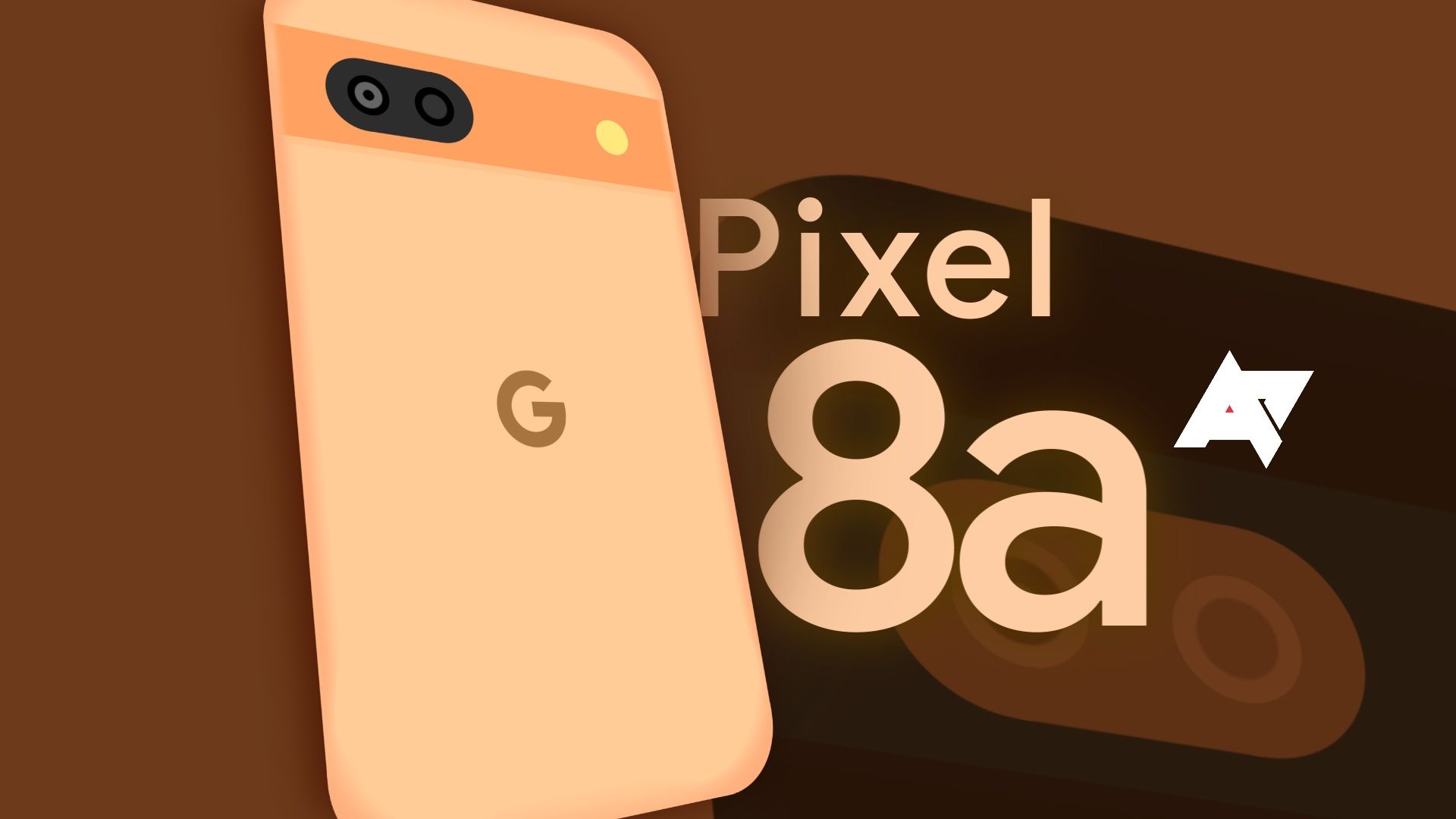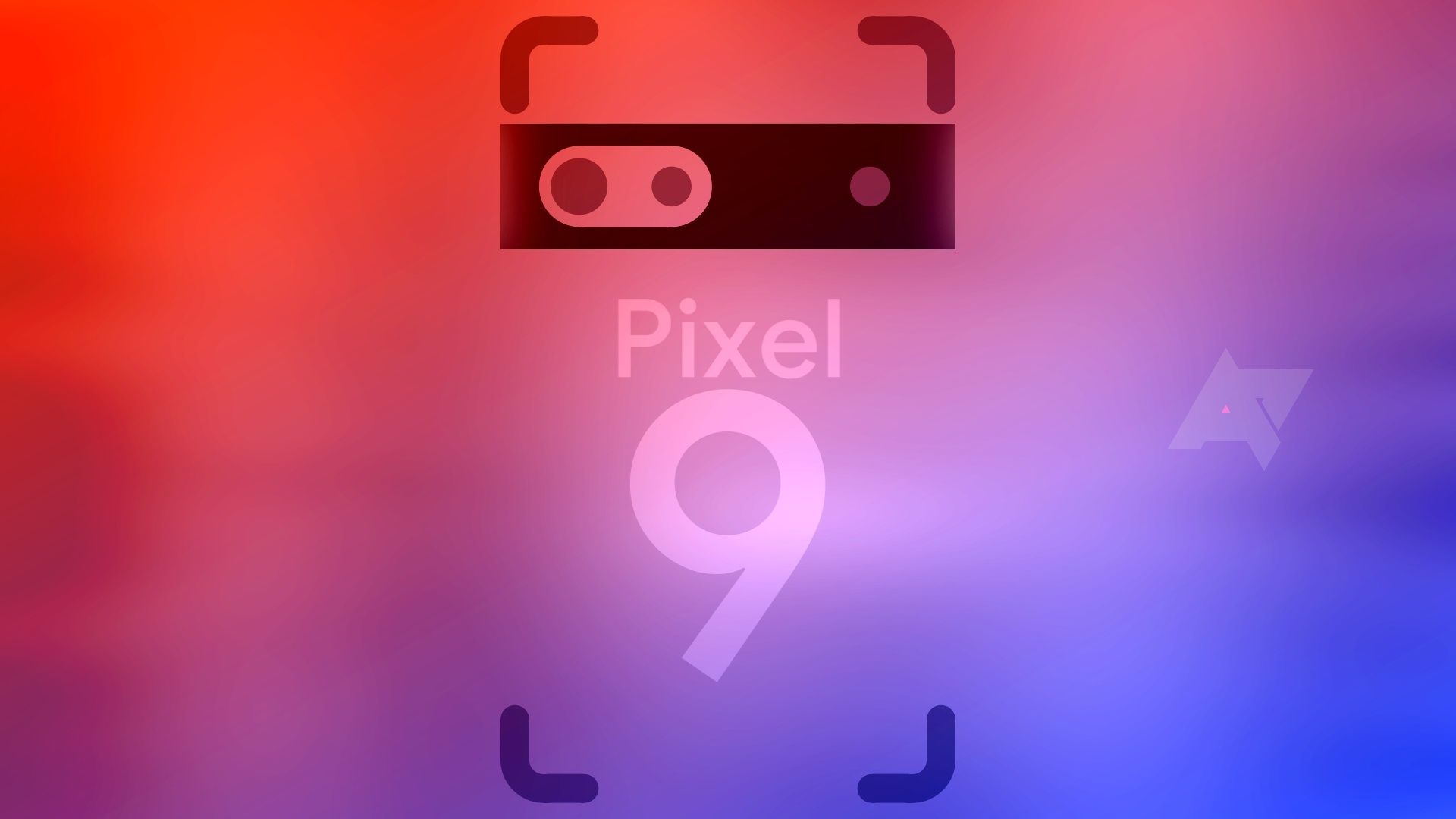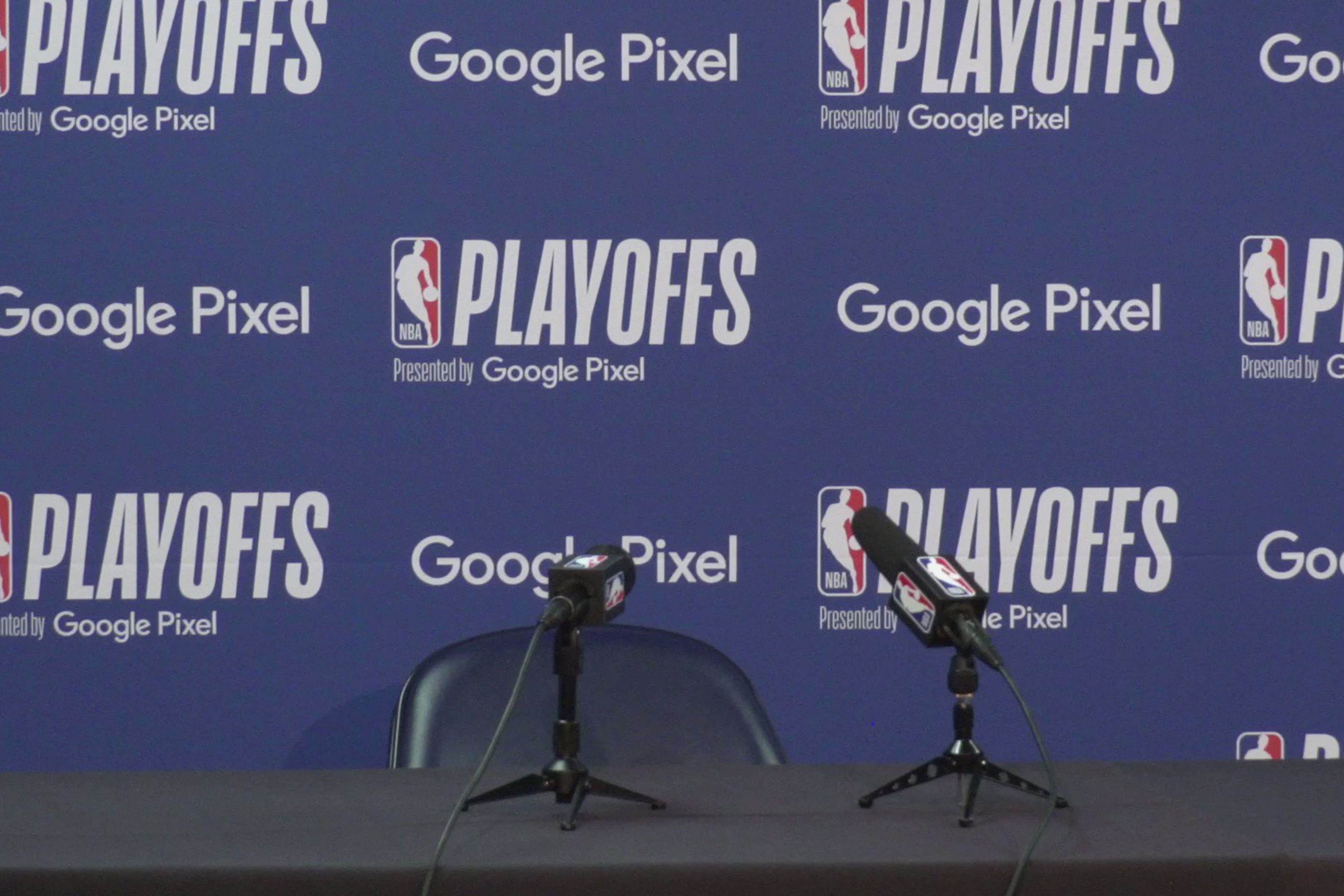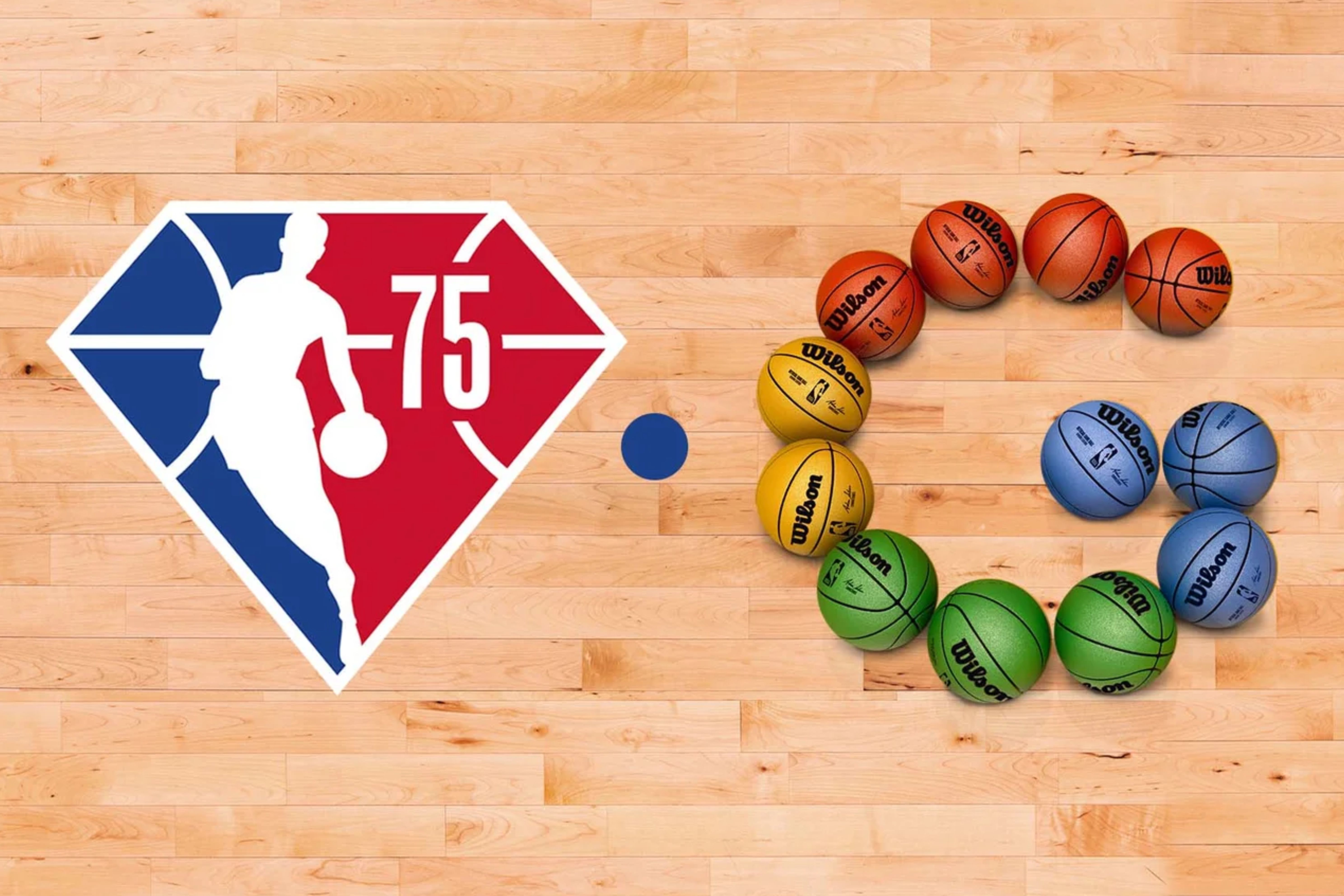It’s no secret that Google was starting at a severe disadvantage when it launched the first Pixel smartphones. The original Pixel and Pixel XL were released in 2016. While that’s a long time ago now, Apple released the iPhone nearly a decade earlier, in 2007, and the first Android phone would follow in 2008. Google indeed made phones under the Nexus brand starting in 2010, so the smartphone market wasn’t exactly foreign to the company when the Pixel was created. Still, a ten-year head start in the world of consumer tech is often an insurmountable obstacle for another company to overcome. And yet, Google is slowly, but steadily growing Pixel market share in 2024.
It’s hard to pinpoint exactly what is driving that growth. Google is making certain Android features exclusive to Pixel devices, and continually adding new ones via Pixel Feature Drops. The hardware has improved, too, with Pixel phones becoming famous for their cameras and computational photography capabilities. Aside from that, Google is growing the Pixel brand through strategic sponsorships and ad placements. You might not notice it, but Pixels are everywhere. They’re in TV commercials, digital experiences, YouTube ads, and pop-culture collabs. Google is elevating the Pixel brand through these moves, and it’s time we took notice.

Pixel 8a shows up in new video, giving us an early glimpse at what’s to come
The handset makes a brief and unofficial appearance, along with its retail packaging
If you look for them, Pixels are everywhere
Google has partnerships with the NBA, WNSL, musical artists, and more
Product placements are nothing new to the tech industry, and they’ve proven to be an effective way to create brand recognition. If you see a product — like a great Google Pixel phone — associated with things you love, you’ll subconsciously (or consciously) make a positive connection between them. That’s why endorsements are such a big business for athletes, celebrities, and other prominent figures in pop culture. Over the last half-decade, Google has built up a large portfolio of sponsorships and product placements in pop culture, and average people have started to pick up on them.
In 2021, Google announced that the Pixel was becoming “the Official Fan Phone of the NBA, NBA G League, and NBA 2K League.” What exactly does that entail? For multiple NBA seasons, the Pixel brand has appeared in TV commercials for NBA games, became the presenting partner for the NBA Playoffs, and their phones have been used inside NBA arenas for promotions.
Among other places, the Google Pixel name appears on the backdrop for all NBA Playoffs press conferences. That means the NBA average of 1.59 million watchers per regular season game, according to Statista, saw Pixel ads and branding. The figures are even higher during the NBA Playoffs and Finals, where Google’s Pixel advertisements and product placements are more prominent.
It’s not just the NBA, either. Google is also the presenting partner of the WNBA on ESPN, a title it has held since May 2021. More recently, the Google Pixel became the “Official Mobile Phone” of the National Women’s Soccer League (NWSL) in February 2024. Outside of sports, Google launched a Pixel campaign for the 50th anniversary of hip-hop music, which included an exclusive interview with young artist Flo Milli.
In the NBA commercial above, Google brought in actor and comedian Druski and other pop culture figures to promote the Pixel brand. It all combines to form a strategic and elaborate investment in the Pixel family of devices through product placements and collaborations.
Google is delivering experiences, not just ads
Pixel is front-and-center in digital experiences like Pixel Arena
Source: Google
However, clever ads and paid partnerships with celebrities can only do so much. Ad blockers exist, and not everyone watches TV commercials. But Google planned for this kind of situation and is also trying to elevate the Pixel brand with experience-based sponsorships. In 2022, Google launched the Pixel Arena in partnership with the NBA as a “a virtual space based on live in-game action where you can create, play, share and celebrate your NBA Playoffs skills.” There’s no way to quantify how many people actually use the Pixel Arena, but it’s found within the same NBA app that has been downloaded over 10 million times on the Google Play Store.
Google is also making exclusive NBA-related content in the 3D and AR formats, with Pixel at the forefront. In one instance, Google showed off the Pixel 6 and 6 Pro camera features the very same day it was announced in the pregame show ahead of an NBA contest. And although the NBA is the largest Google Pixel partner to date, it’s far from the only one. Google is offering experience-driven Pixel promotions any way it can, and these have the potential to be more influential than any one ad. Mentions of Google Pixel phones in sports broadcasts, arenas, apps, and digital experiences expose the average person to Pixel devices in a way they might not normally interact with them.
The strategy has worked before
Beats by Dre achieved pop culture domination in the same way
If you’re reading Android Police, there’s a good chance that Pixel is a household name for you. It might even be considered the face of Android in 2024 since Pixel devices get Android Developer Previews first, run stock Android, and come with exclusive features from Google. But for the average person, that isn’t the case. Android is synonymous with Samsung Galaxy, and iOS is synonymous with the iPhone. That isn’t all that surprising since Statista reports Apple and Samsung are the two global leaders in smartphone market share as of year-end 2023. At the very least, Google wants to get Pixel into the conversation.
Google can absolutely achieve that goal by continuing its thorough and expansive sponsorship collection and product placements. It should follow in Beats by Dre’s footsteps, as the company was a case study in how to use pop culture to grow a brand. In Beats’ heyday, virtually every celebrity or athlete wore them and nearly every consumer saw the company’s products as a status symbol. (That’s despite the fact they usually featured cheap plastic constructions and bass-heavy sound signatures.)

Google Pixel 9: News, leaks, rumored price, and release window
The Pixel 9 series is Google’s biggest mobile shakeup since Tensor — here’s what we’re expecting
Google will have a very, very hard time building the Pixel brand up to the status of Beats. At this stage in the smartphone game, that seems impossible. However, there are more realistic goals for Google Pixel that are certainly attainable. Google’s Pixel lineup arguably has the best chance at staving off the iPhone’s domination of North American smartphone markets, and if it is successful, excellent branding and pop culture collabs will be a big reason why.
Source link



